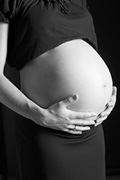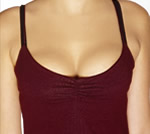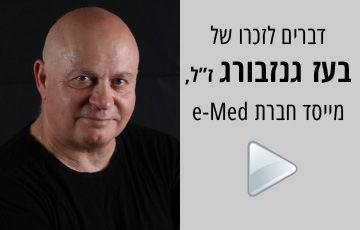הוכנו שחזורים cl 2 ונאטמו בקומפוזיט-לפי הוראות היצרן וחולקו ל4 קבוצות .
1.קבוצת ביקורת
2.על השיניים הופעלו כוחות לעיסה
3 .השיניים עברו שינויים טרמיים
4. 2+3 יחד
הדלף השולי הגדול ביותר היה בקבוצה 4 כמובן -אך זאת הסימולציה הטובה למצב בפה .
בקריאת מאמרים ובהשואה בין חומרים חשוב מאד לשים לב לאופן הכנת הניסוי.
ישנם בשוק חומרים קשיחים אך לא עמידים ללחות ולהיפך .
The Journal of Adhesive Dentistry 3/2004, S. 221-226
Effect of Thermal and Mechanical Load Cycling on Nanoleakage of Class II Restorations
Ana Karina B. Bedran-de-Castroa / Patricia N. R. Pereirab / Luiz Andre F. Pimentac / Jeffrey Y. Thompsond
Abstract Purpose: To evaluate the effect of thermal and mechanical cycling on the degree and pattern of nanoleakage on cervical margins of Class II restorations. Materials and Methods: Forty box-type Class II cavities were prepared on bovine incisors. The cavities were restored with Single Bond and Z-250 composite resin (3M-ESPE) according to manufacturer's instructions. The teeth were randomly assigned to 4 groups: G1, control; G2, thermal cycling (2000 cycles, 5 to 55°C); G3, mechanical load cycling (100,000 cycles, 50 N); G4, thermal and mechanical load cycling group (2000 cycles 5 to 5°C/100,000 cycles, 50 N). The specimens were then sealed leaving a 1 mm window around the cervical margin interface. Samples were immersed in a 50% w/v ammoniacal silver nitrate solution for 24 h, and exposed to a photodeveloping solution for 8 h. Specimens were sectioned longitudinally, embedded in epoxy resin, polished and mounted on stubs, gold sputter coated, and examined under SEM using backscattered electron mode. Silver particle penetration length was measured directly on the SEM monitor and calculated as the percentage of the total length of cut dentin surface that was penetrated by silver nitrate. The data were analyzed with ANOVA and Fisher's PLSD test (p < 0.05). Results: The degree of nanoleakage significantly increased when thermal and mechanical cycling was performed on the same specimens, as compared to the other groups (p < 0.05). No differences were observed between the control, thermal cycling, and mechanical cycling groups. No difference in nanoleakage pattern was observed between the groups. Conclusion: Thermal and mechanical cycling combined adversely affected nanoleakage values. Simulation of the oral condition might be crucial to better evaluate and understand the performance of adhesive materials. Key words: thermal cycling, mechanical load cycling, nanoleakage, dentin, Class II restoration. |















השאירו תגובה
רוצה להצטרף לדיון?תרגישו חופשי לתרום!